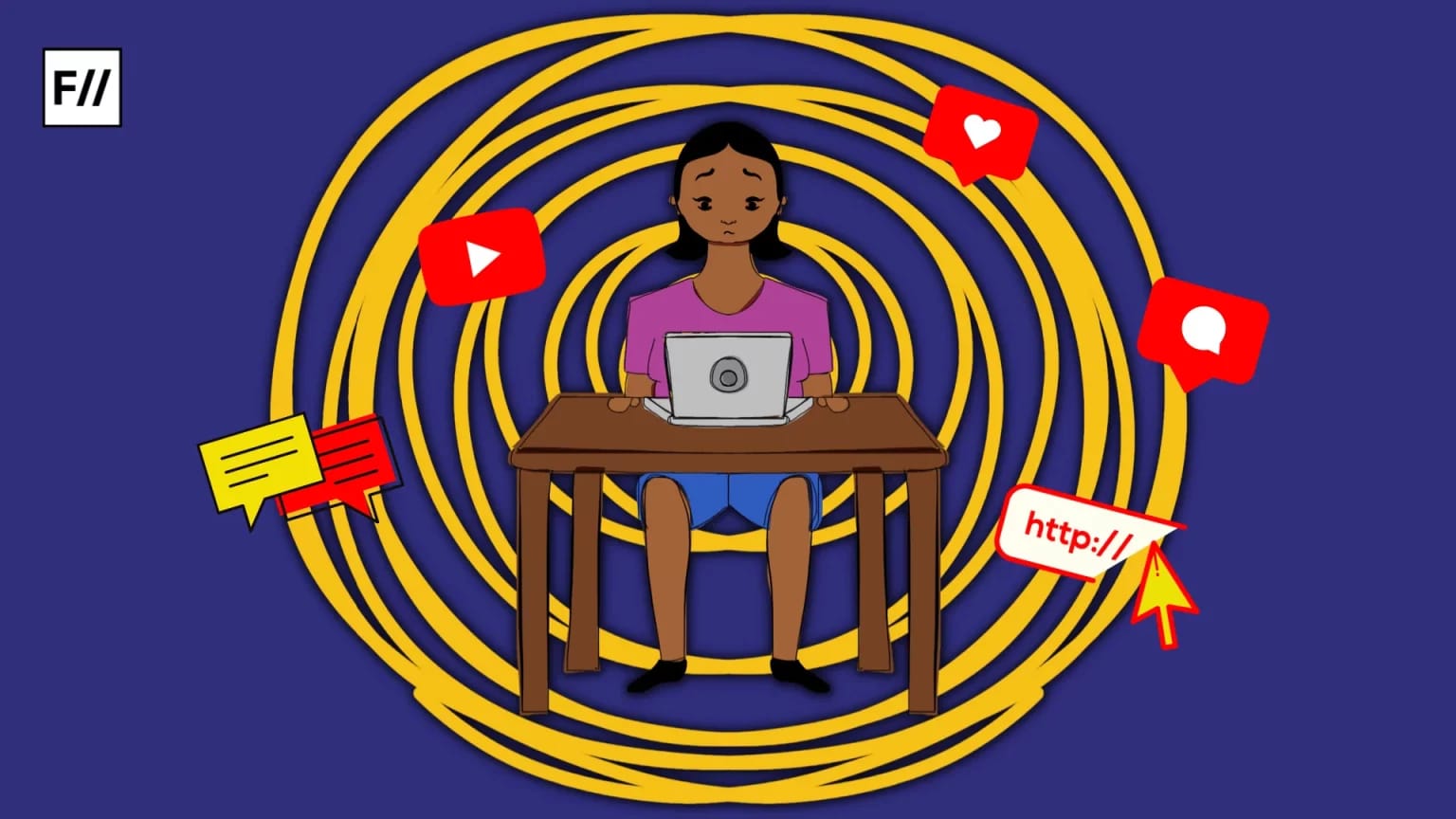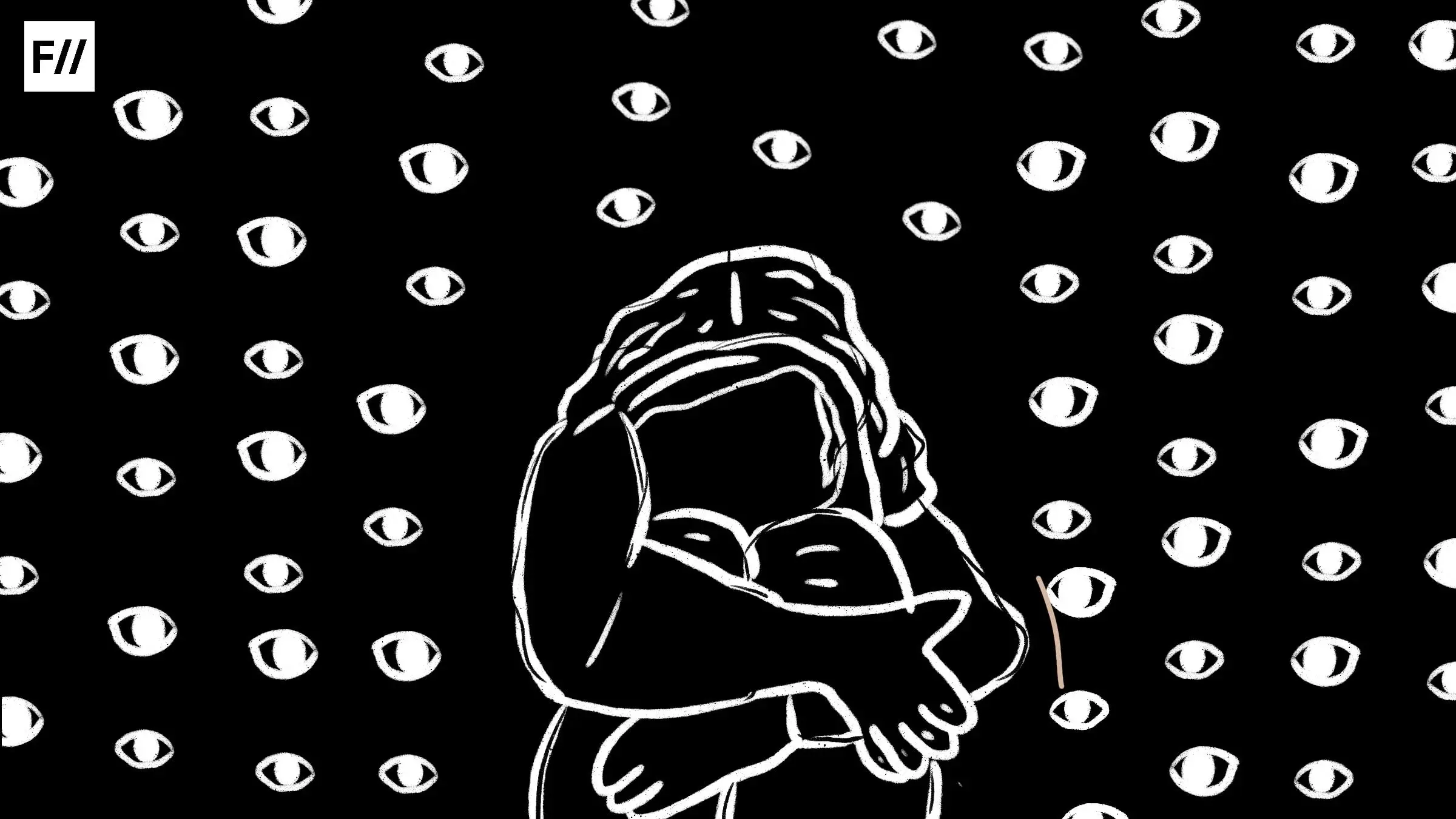‘Available 9XXXXXXXX. They wrote it in all the public toilets. Wherever they could, they wrote it down. I received 2000 to 3000 calls per day. Day and night.‘
The appalling words came from Supriya, a Kochi-based journalist who endured cyber abuse in a state which is considered the most “literate” in India, and by far the most “developed” state in the Indian sub-continent. No, the geography does not matter. The development of non-digital places also does not matter. A middle-aged journalist who survived cyber violence in Kochi, Kerala, shared her disturbing experience, saying her number was not just circulated in digital spaces but also in non-digital places such as public toilets.
Supriya was one of the survivors who recalled her traumatic experiences of online abuse and the eventual silencing of her voice over the internet as a media person. The survivor spoke about prolonged justice and gender-based violence on the Internet in a report titled ‘Experiencing Technology-Facilitated Gender-Based Violence in India: Survivor Narratives and Legal Responses‘ by global human rights organisations Equality Now and the Breakthrough Trust.
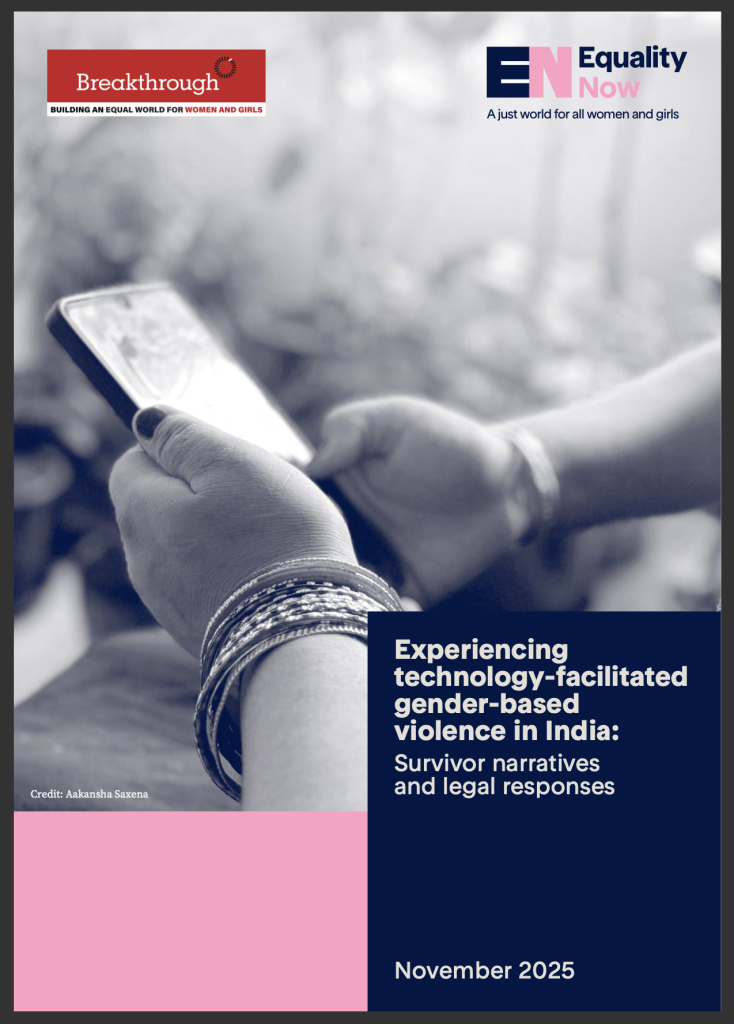
The Experiencing Technology-Facilitated Gender-Based Violence in India report interviewed not just Supriya but several other survivors ranging from 13 to 40 years of age, with the mission of focusing on particular geographies within India to highlight and reflect overall patterns of digital gendered violence. It highlighted the growth of digital violence spearheaded using digital technologies, particularly targeting women and LGBTQIA+ people coming from diverse backgrounds.
The survivors were young Dalit girls, tribal mothers, journalists, activists, and LGBTQIA+ students from Kochi, Delhi, Patna, Hyderabad, and other cities who were subjected to violations such as cyber abuse, trolling, cyberbullying, cyberstalking, morphing, impersonation using anonymity, doxing, non-consensual intimate image circulation, and broadcasting private or identifying information on various digital spaces. Survivors enunciated afflicting stories of utter humiliation, obstacles in career-making, silencing voices, psychological impacts, and the pitfalls of a failed system that does not want to protect women and marginalised people.
The internet has no boundaries
The very beginning of the technology-induced gender-based violence research commenced with the idea to unveil particular geographies in India to identify patterns of cyber violence against women and queer people. The findings revealed that modern telecommunication networks or online platforms (chat rooms, e-mails and groups) and mobile carriers (SMS/MMS) can be accessed anywhere and everywhere. The Internet has no boundaries. Hence, the geography really does not matter. Everyone has access to anything. Perpetrators amplify the abuse to an extent that anyone sitting in any part of the world can access information in different locations/geographic regions.
The very beginning of the technology-induced gender-based violence research commenced with the idea to unveil particular geographies in India to identify patters of cyber violence against women and queer people.
The finding further revealed that the location or geographic arena largely did not affect the nature of the crime/violence, its duration, or the processing of legal cases. Let’s consider the case of a survivor (woman) from Bihar, Patna (northern Indian state). According to the research report, the cyber abuse happened when the survivor was in Delhi (the national capital of India) for a vacation. Her case was registered in the national capital. However, she received a cessation notice from the Mumbai police in Maharashtra (a western state in India), claiming that the case has been officially halted. The research report revealed no further details about the plot, which left the survivor and her legal defender unsure why the case was closed without anyone pleading guilty.
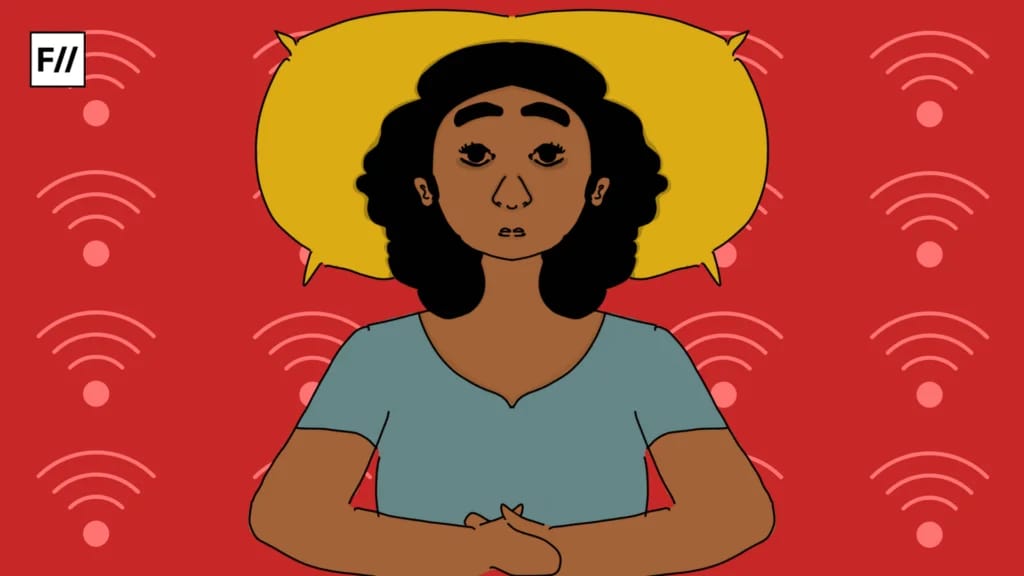
The second important finding of the geographically bound research study diagnosed two types of states: one in the high-ranking diapason and the other in the lower strata to comprehend how the culture of an online world differs, potentially leading to variegated forms of technology-driven gender violence. The result was interesting, yet, saddening. Why? Because the development, or lack thereof, does not matter. It reported similar kinds of tech-driven gender abuses across various regions, such as doxing, digital stalking and harassment, non-consensual circulation of private images, and online morphing of images.
So, basically, a state that generates more literacy and economic growth, like Kerala, is no different from a less literate and economically weaker state like Bihar. In both states, online gender violence has the same patterns and ramifications. Women and people from oppressed genders are targeted similarly by online trolls, harassment and bullying by former partners, former husbands, kin members, in-laws and co-workers in the digital world. Hence, there is no safe blueprint for the Internet, even if the state is educationally and economically outpacing other Indian states.
The withdrawal symptom: how violence silences voices
Supriya, the senior journalist in Kochi, immediately withdrew from the Internet after her number was circulated on social media and in non-digital spaces in the context of the referred cyber violence case. She said, ‘I stopped this discussion because one or another word will be misinterpreted, and I have to go through the trauma all over again.’ This was the response of most of the survivors who were interviewed for the report.
In the research study, Rama, a survivor, recalled how she was pushed away from her social media rights by the cyber police when she confronted the cops regarding the slow procedure of her registered cyber criminal case.
For some, the withdrawal was self-imposed, while others were indirectly forced to quit social media altogether, thereby losing their digital rights. In the research study, Rama, a survivor, recalled how she was pushed away from her social media accounts by the cyber police when she confronted them about the slow progress of her registered cyber criminal case. Rama said, ‘The cops used to say why can’t you withdraw from Facebook?‘.
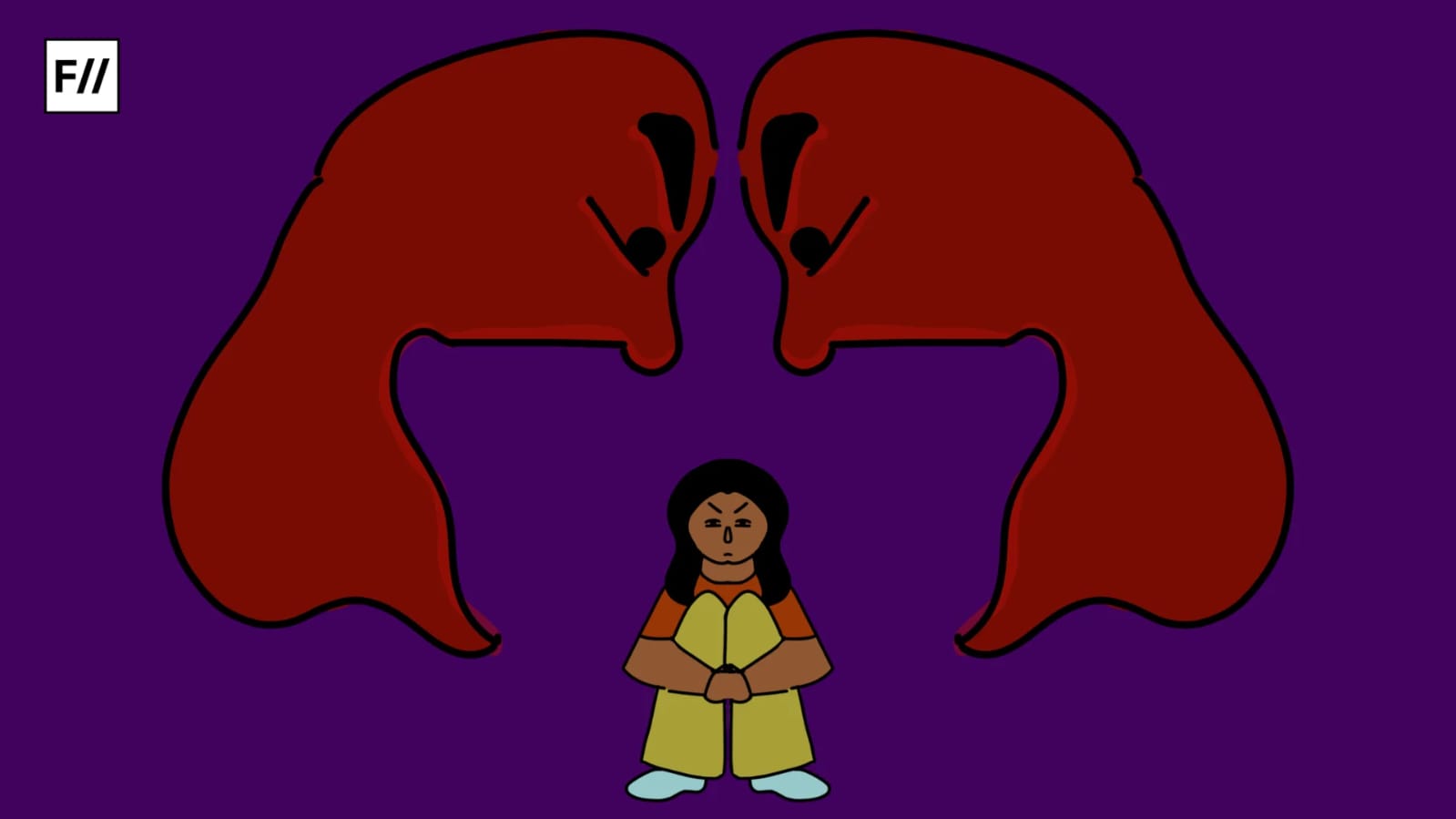
An online gaming enthusiast from Hyderabad, Diana, had her own experiences of online harassment, which led her to step back from her gaming interests. Subsequently, she lost trust in people after the mishap and began to fear strangers. In her words, ‘After this incident, it is better not to engage with anybody online until you actually know them. It was an ugly feeling. I was scared to open my mic later. It’s always like they can do anything to you. I just didn’t feel like engaging with random people anymore even though I really enjoyed playing the game. It did scare me.’
The report shone a light on another survivor, a male student from a scheduled tribe and the LGBTQIA+ community, pursuing a master’s degree in Kerala. The person was subjected to cyberbullying, unidentified calls/threats, doxing and morphing. He eventually withdrew from pursuing any legal action, fearing stigma, time constraints, and a lack of financial support. ‘I could not pursue a legal case. I was in my third year of graduation. I didn’t have the time or money,‘ said the survivor from the LGBTQIA+ community.
Psychosocial impact on survivors
Survivors in the research report have vividly spoken about mental exhaustion, communal and family shaming, career losses, and a failed justice system. But, the impact is beyond that. It is psychosocial in nature. Many survivors suffered stigmatisation and shame, and dreaded being outed and eventually blackballed by their families, workplaces, public administration, and in general society. Some of them did not want their family members to know about the harassment, abuse and eventual violence, for fear that they would be shamed, blamed, judged, and not allowed to pursue their dreams/life while others found “safety” by fully dismantling their own digital rights. How? By simply being offline.
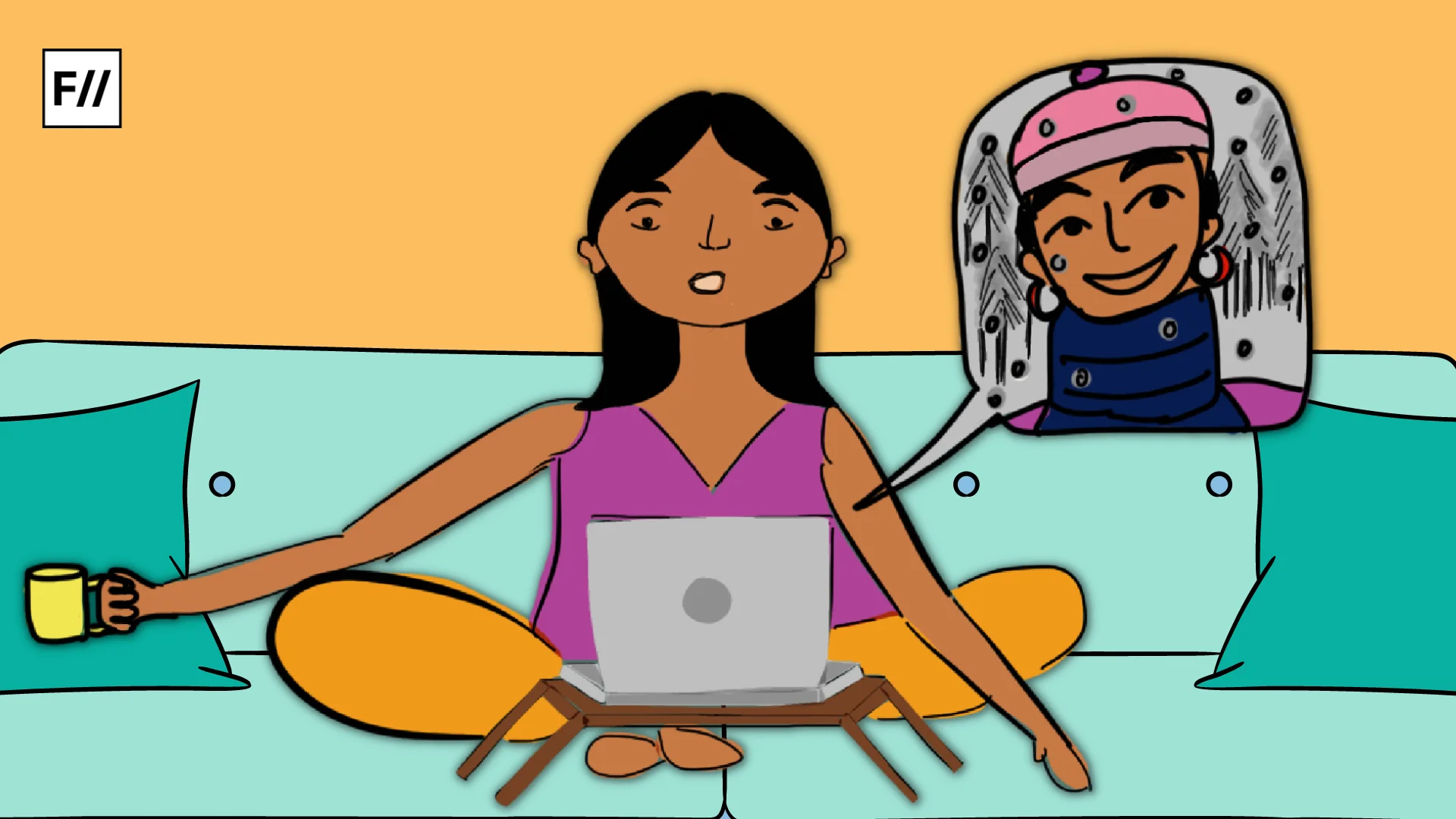
Access to technology, its understanding and utilisation, and the prerequisite demand for technological impeccability are indeed the needs of the hour. Today, the digital world is a crucial part of our lives. However, nobody is discussing the amount of gender-based violence it is generating and gradually amplifying, affecting many women and LGBTQIA+ people. Online platforms and services are being used to abuse, morph, dox, bully or stalk women and vulnerable groups, forcing them to be silent.
Reference
- Experiencing Technology-Facilitated Gender-Based Violence in India: Survivor Narratives and Legal Responses by global human rights firms Equality Now and the Breakthrough Trust
